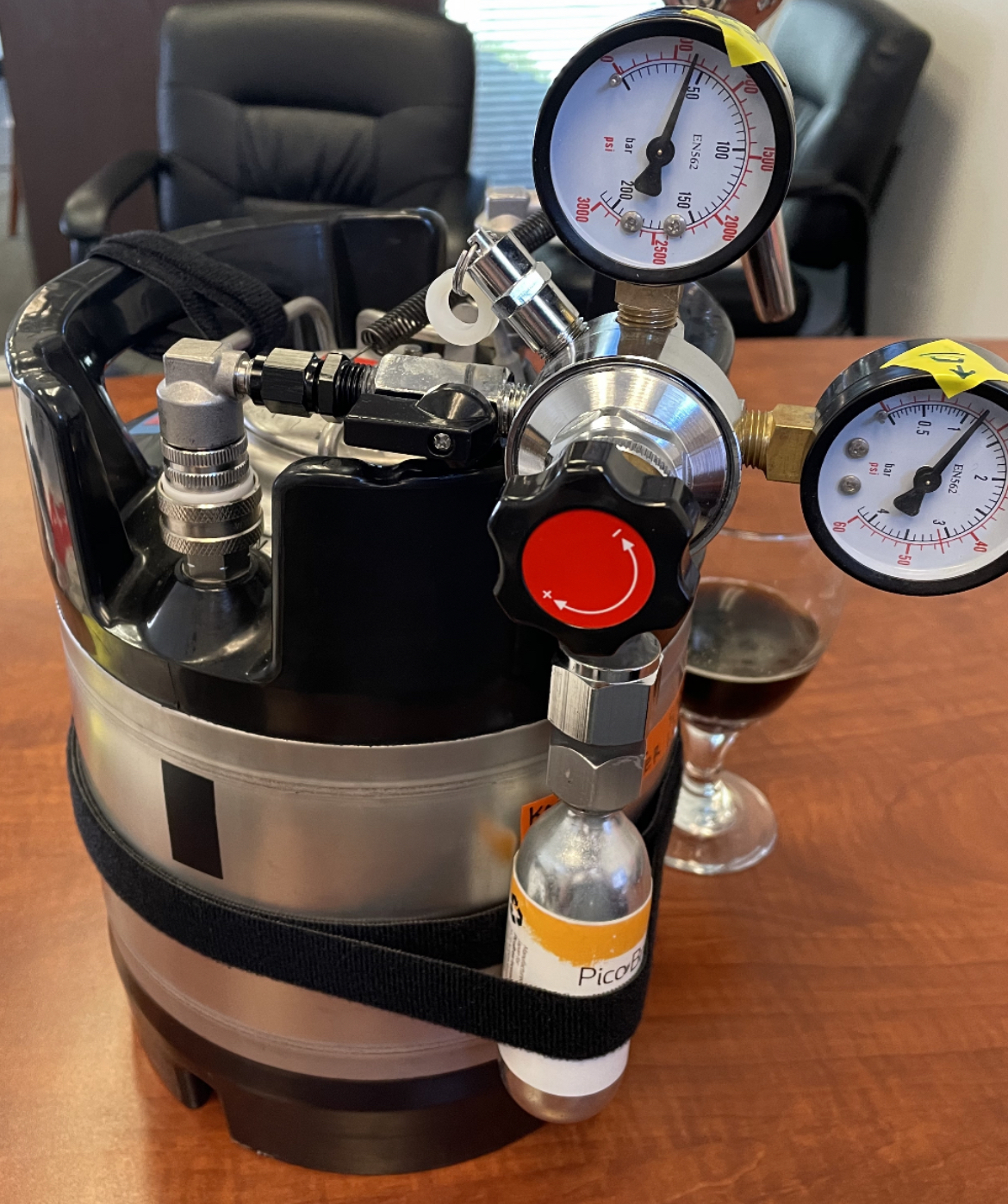andre_0101
Member
Hello!
I recently purchased a Nutrichef PKBRTP110 1 Gallon Mini Keg that uses 16G co2 cartridges that I plan to use to try and force carbonate my 1 gallon batches of beer. I plan to keep it in the refrigerator while it carbonates and give it a gentle shake a few times per day.
Few question to anybody who has done this using a similar 1 gallon mini keg:
- What PSI level do you set to force carbonate? I have read some people saying 15 and others 30
- How long do you leave it before it should be done?
- What level do you lower the PSI to when its done and ready to pour? I know the original cartridge might be spent and a new one necessary for pouring.
I have found a lot of different input about this from different sources and it would be great to hear from somebody who has the process down on one of these smaller mini keg setups.
Thank you!
I recently purchased a Nutrichef PKBRTP110 1 Gallon Mini Keg that uses 16G co2 cartridges that I plan to use to try and force carbonate my 1 gallon batches of beer. I plan to keep it in the refrigerator while it carbonates and give it a gentle shake a few times per day.
Few question to anybody who has done this using a similar 1 gallon mini keg:
- What PSI level do you set to force carbonate? I have read some people saying 15 and others 30
- How long do you leave it before it should be done?
- What level do you lower the PSI to when its done and ready to pour? I know the original cartridge might be spent and a new one necessary for pouring.
I have found a lot of different input about this from different sources and it would be great to hear from somebody who has the process down on one of these smaller mini keg setups.
Thank you!


